10 Different Types of French Bulldog Dogs
1. Fawn french bulldog
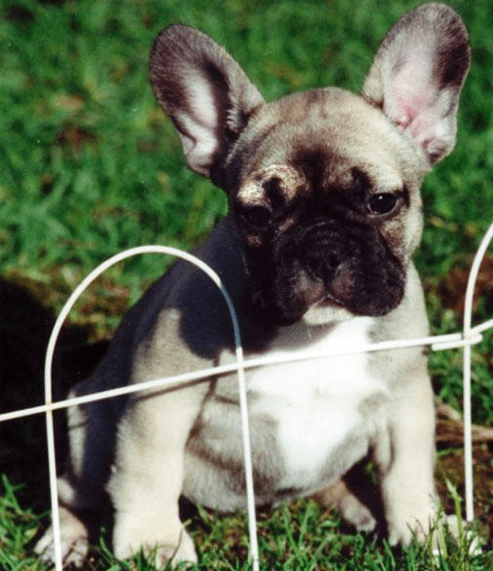
The fawn Frenchie is one of a symmetry elegance and beauty. The classic fawn coloration varies from cream to almost yellow. In some cases, there may also be a reddish tinge. Generally, the light brown Frenchie is accompanied by a black mask, but not always.
2. Brindle french bulldog
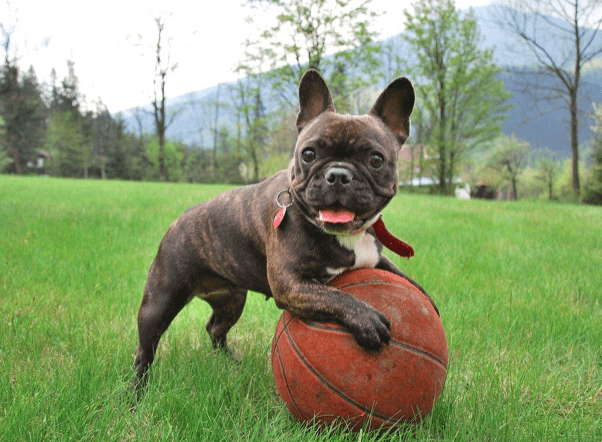
Brindle is a traditional French bulldog color. The pattern consists of a dark coat mixed with light streaks. It is among the most popular bulldog colors of all. Many bull and mastiff breeds can show this coat. It is caused by the agouti gene, which controls the distribution of black pigments.
3. Tiger brindle french bulldog
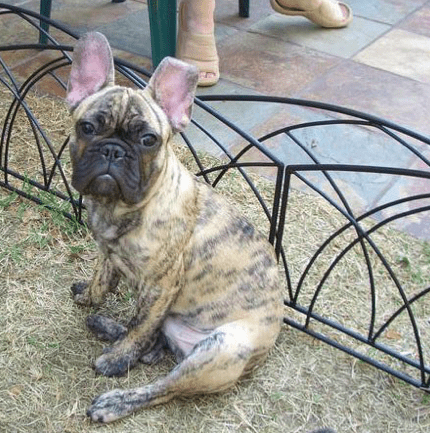
This is a variation of the natural brindle markings you see on Frenchies. However, the Tiger Brindle pattern shows much more defined stripes. Normal brindle is more of a jumbled mix.
4. White French Bulldog
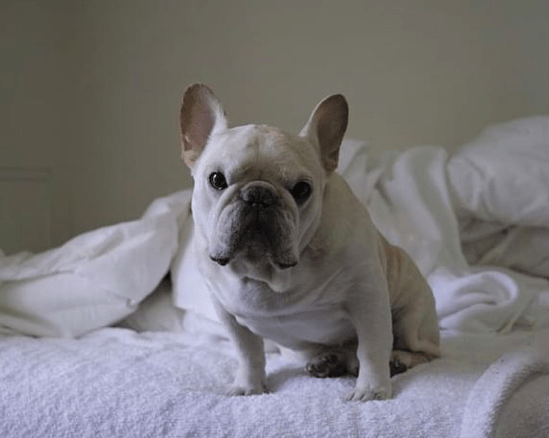
The white coloring in Frenchies comes from certain genetic combinations. They are considered cream in color and are often confused with pinto. A true white Frenchie has dark pigment around the lips, nose and eyes. White coloration can also be the result of albinism, but is less likely. White can also be associated with deafness, especially if they are pink around the lips, nose and eyes.
5. Pied French Bulldog
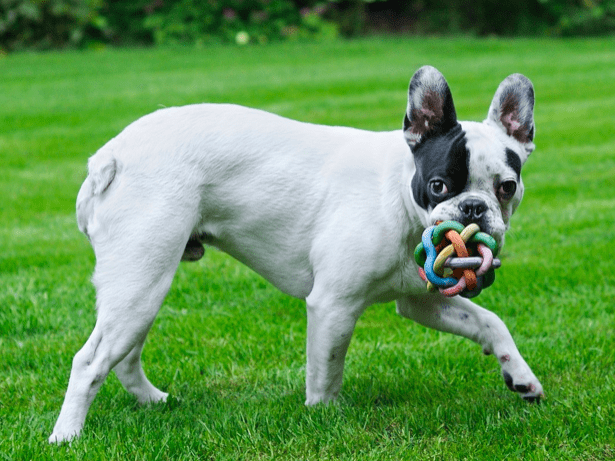
The pied pattern is when a dog is predominantly white or eggshell, accompanied by darker patches. These areas can occur on any part of the body and are generally larger. This pattern accounts for patches around eyes or ears, giving them a unique appearance.
While the AKC only recognizes certain color variations, this does not stop breeders from playing around with possibilities. However, with rarer colors come questionable health issues that can affect the already poor health of the breed itself – they are naturally prone to skin allergies, food sensitivities, and brachycephaly syndrome.
Rare colored Frenchies come at a high price. They are also prone to color thinning alopecia and shorter life spans. Making sure you buy from a reputable breeder with a solid history can eliminate some worries. However, be aware of all the risks when considering a rare color.
6. Lilac French Bulldog

Due to specific gene requirements, there are very few French Bulldogs with lilac coloring. If you do find one, they will likely come with an even higher price tag than your average Frenchie. To get a purple coat, both parents carry a lot of the blue and chocolate genes, which are also rare colors.
7. Pure Black French Bulldog

Pure black is on the AKC’s list of disqualifying colors. However, it does not make it any less beautiful to see this stunning coat on a Frenchie. The color is caused by a recessive black gene. To be considered pure black, no trace of brindle can be found in the coat. They often have sapphire or dark brown eyes.
8. Cream French Bulldogs
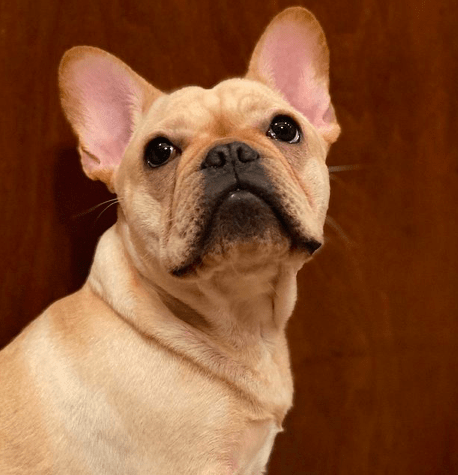
The cream coat appears due to a recessive dilution gene in the fawn coloration. When cream Frenchies are born, they have pure cream all over their bodies. However, as they age, they develop black shading around the eyes, nose and mouth.
9. Chocolate French Bulldog

When a chocolate color is achieved, both parents must carry the recessive chocolate gene. If you have a true chocolate Frenchie, his eyes are usually bright and piercing and come in shades of gold, green or yellow.
10. Sable French Bull Dog

Sable is a beautiful color that is similar to deer, but has a unique twist. These dogs are light brown to dark mahogany with black hairs on the tips that give a beautiful dark hue over a light coat. Most sables are solid color with black or dark masks.
French Bulldog Price
On the average, you can probably expect to pay between $1,500 and $3,000. According to NextDayPets, the average price for most French bulldogs sold is $2,200. The price of a French bulldogs increases even more for dogs with exceptional breeding history. Prices for high-quality French bulldogs with excellent breed lines can range from $5,500 to $10,000.
Diet and Nutrition
A quality dog food appropriate for the dog’s age (puppy, adult, or senior) contains all the nutrients the breed needs. Frenchies are prone to obesity, which can damage their physical structure and put them at higher risk for some breed health problems. Therefore, it is important to watch their caloric intake and weight.
If you choose to give your dog treats, do so in moderation. Give table scraps sparingly, if at all, avoiding cooked bones and high-fat foods. Learn which human foods are safe for dogs and which are not. Check with your veterinarian if you have concerns about your dog’s weight or diet.
Care
The Frenchie’s short coat sheds minimally. Weekly brushing with a medium bristle brush, rubber glove or tool, or dog glove will help remove shedding hair and keep him looking as good as possible. Brushing encourages new hair growth and distributes skin oils throughout the coat to keep it healthy. A Frenchie’s facial folds should be kept clean and dry.
The Frenchie’s nails should be trimmed regularly, as nails that are too long can cause pain.

French Bulldog Colors
Exercise
A short walk or a daily outdoor play session with their owner should provide enough exercise to keep the French Bulldog in shape. Frenchies enjoy participating in dog sports such as obedience, agility and rally. However, as a flat-faced breed, they are prone to respiratory problems and should never be allowed to exert themselves in hot or humid weather.
French Bulldog Training
Early socialization and puppy training classes are recommended. Exposure to a variety of people, places and situations will help the puppy develop into a well-adjusted adult. French Bulldog Puppy training classes serve as part of the socialization process, encouraging good behavior and helping owners identify and correct bad habits.
The French bulldogs have great personalities and may need proper training to make them civilized companions. They can be very stubborn, but at heart they are people lovers and therefore easy to train. Proper motivation (like food) and a game of process will ensure their cooperation.
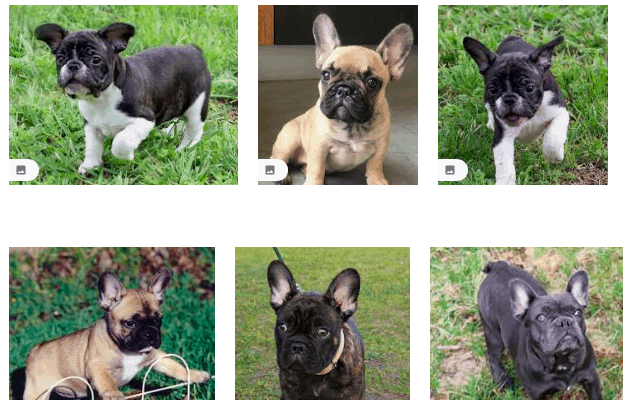
French Bulldog Puppies
Health
Due to their front-heavy structure, Frenchies cannot swim and should never be left unattended near a tub, pool or body of water. Like all flat-faced breeds, Frenchies are prone to respiratory problems and do poorly in hot or humid weather. Flat-faced breeds are also more sensitive to anesthesia. Frenchies occasionally have eye diseases such as cherry eye, juvenile cataract, or entropion, and have also been known to have skin allergies and autoimmune skin diseases.
A responsible breeder will use available tests to screen breeding stock for conditions that may affect the breed.
Eyes
French Bulldogs are prone to eye problems. Cherry eye or inverted third eyelid has been known to occur, although it is more common in bulldogs. Glaucoma, retinal fold dysplasia, corneal ulcers, and juvenile cataracts are also conditions known to affect French bulldogs. Screening potential breeding candidates through the Canine Eye Registration Foundation (CERF) can help eliminate cases of these diseases in offspring.
The skin folds under the eyes of the French bulldog should be cleaned regularly and kept dry. Tear stains are common in lighter colored dogs.
Recommended National Breed Club health tests:
- Hip Evaluation
- Patella evaluation
- Ophthalmologist evaluation
- Heart exam
French Bulldog temperament
The French Bulldog, like many other dog breeds, requires close contact with people. If left on their own for more than a few hours, separation anxiety can occur. This is especially true at a young age, but persists into adulthood. The French Bulldog is sometimes referred to as a “frog dog” or “clown dog.”
- Frog dog” refers to their wide round face and the way they sit with their hind legs spread.
- Clown dog” is because they are considered fun-loving and have actually been described as “clowns of the dog world.”
French Bulldogs are people-oriented dogs because they are easier to train as a result, although they tend to be stubborn sometimes. It is recommended that socializing puppies, including French Bulldogs, can have a significant positive impact on the puppy’s training and this is advised.
French Bulldog Pug mix
The Frenchie Pug is a designer breed that was developed by crossing the Pug and the French Bulldog. These little dogs have a mixed physical appearance and inherit the physical characteristics of both parents. … They also show their pug a curled up tail.
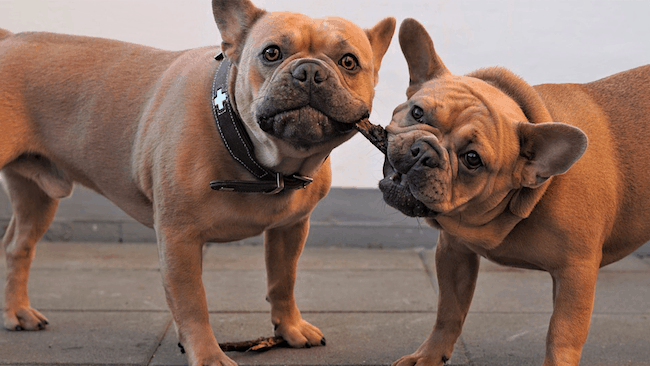
French bulldog and Pug Mix
























